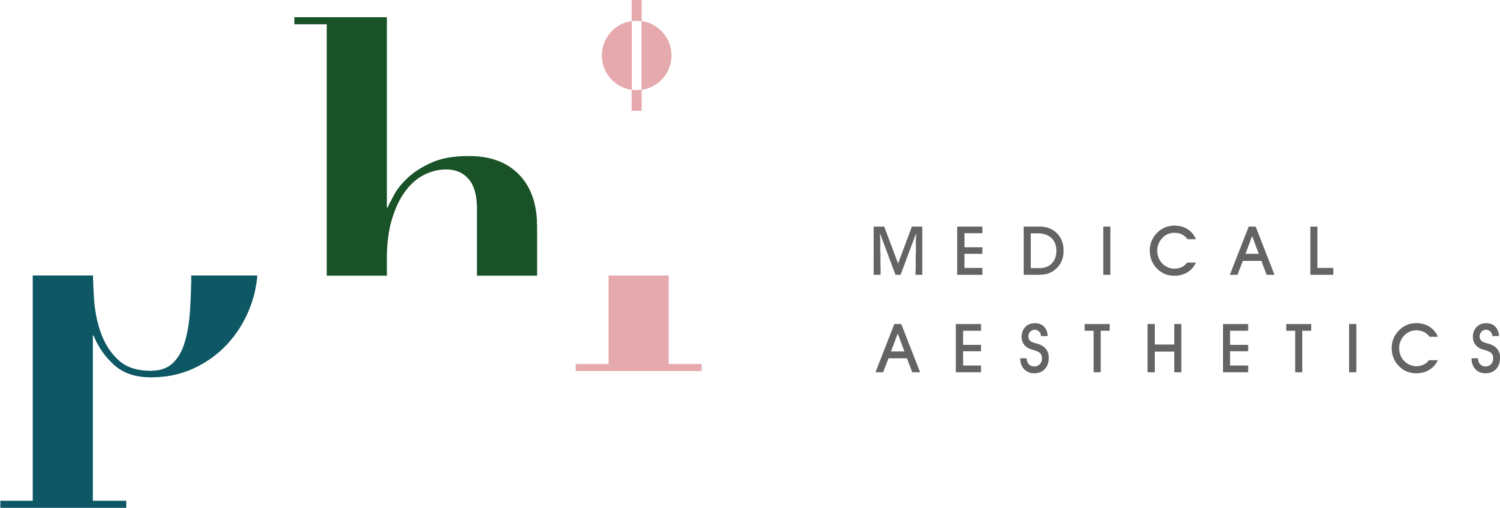Botox and Exercise: The Do's and Don'ts
Life doesn't stop when you get Botox, but your workout schedule does need a little thought right after treatment. If hitting the gym or staying active is important to you, you'll want the rundown on handling exercise safely post-injection. This guide covers the main do's and don'ts so you know exactly how to manage fitness after your Botox appointment.
Can you work out after Botox?
It's one of the most common questions we hear after treatment: Can you head straight back to the gym? To understand why you might need to modify your workout routine after Botox, it helps to know how Botox works.
How does Botox work?
Botox (botulinum toxin) works by temporarily blocking the nerve signals that make muscles contract — specifically, it stops the release of a chemical called acetylcholine. This is why it's so effective at relaxing facial muscles to smooth wrinkles like forehead lines and creases around the eyes.
But Botox isn't just cosmetic; it also treats a surprising number of medical issues, such as neck spasms, excessive sweating, migraines, lazy eye, and overactive bladder.
Botox takes a little time to settle in and start working on those muscles. That’s why strenuous exercise or participating in activities that really get your blood pumping aren't recommended right away.
The worry is that the increased circulation could cause the Botox to migrate or spread slightly from the injection site before it's fully settled. While uncommon, this could lead to unwanted effects like temporary eyelid drooping or asymmetry.
Giving your body a break from intense working out after Botox lets the product stay put and work exactly where intended.
How long after Botox can you work out?
You should wait at least 24 hours before jumping back into any strenuous exercise. This includes high-intensity interval training, spinning, or heavy weightlifting.
Light activities like gentle walking are usually fine to do soon after (around four hours after treatment), as they don't dramatically increase blood flow.
What Not to Do After Botox
Beyond high-intensity workouts, there are a few other things you'll want to avoid immediately after your Botox treatment.
Putting pressure on or rubbing your injection sites. Be gentle with your face! Avoid rubbing or massaging the treated area right after Botox. Don’t wear tight hats, headbands, helmets, or swim/ski goggles that press firmly on the treated areas for the first day or so.
Lying down or bending over too much. Try your best to remain relatively upright for the first 4 hours after your injections. This might mean skipping yoga, gardening, or lying flat for the rest of the day.
Excessive heat. Steer clear of saunas, hot tubs, and tanning beds for 24 to 48 hours after Botox. You can shower, but make sure the water isn’t too hot, and don’t scrub the treated areas.
Consuming alcohol. It’s generally best practice to avoid alcoholic beverages for at least 24 hours before and after your treatment.
Facial treatments. Definitely hold off on facials, chemical peels, microdermabrasion, massages, or anything that involves rubbing or applying pressure to your face for at least a week (though your provider will give you specific guidance on this).
Following these simple “don’ts” can minimize risks and help ensure you get the best possible results from your Botox.
Aftercare for Botox
One good thing about Botox is that there’s minimal downtime and aftercare involved.
Here are some general tips for taking care of yourself after Botox:
Be gentle with your skin. While you can wash your face and apply makeup shortly after treatment (usually once the tiny injection points have closed), do so gently for the first day. Avoid harsh rubbing or scrubbing, especially over the treated areas.
Use a cold compress for swelling (if needed). You might notice mild redness, pinpoint bleeding, or slight swelling right after. If needed, gently apply a cool compress (wrapped in a towel — never apply ice directly to the skin) to the area for about 10 minutes at a time to help minimize these effects.
Protect your skin from the sun. Always a good idea, but especially after treatment. Wear a sunhat and sunscreen with at least SPF 30 if you plan on being outdoors.
Avoid certain medications and supplements. NSAIDs like aspirin, ibuprofen, and naproxen may increase the risk of bruising, so avoid these for a few days. Acetaminophen (Tylenol) is OK for any discomfort.
Don’t be afraid to move your face. While you want to avoid strenuous activities, feel free to make normal facial expressions like smiling, frowning, and raising your eyebrows. Some studies suggest that doing so may actually help the Botox work faster. Though the research is limited, it certainly won’t hurt!
Follow your injector’s advice: Be sure to follow any specific aftercare instructions from your doctor or Nurse Injector.
The Bottom Line
Working out right after Botox isn’t a good idea. You don't have to stop long-term, but taking that short break right after treatment is important.
You can usually resume your normal exercise regimen within 24 hours, so you won't have to take too much time away from the gym.

